Niagara-on-the-Lake opening doors at 12 historic landmarks this weekend
Published October 16, 2023 at 12:24 pm
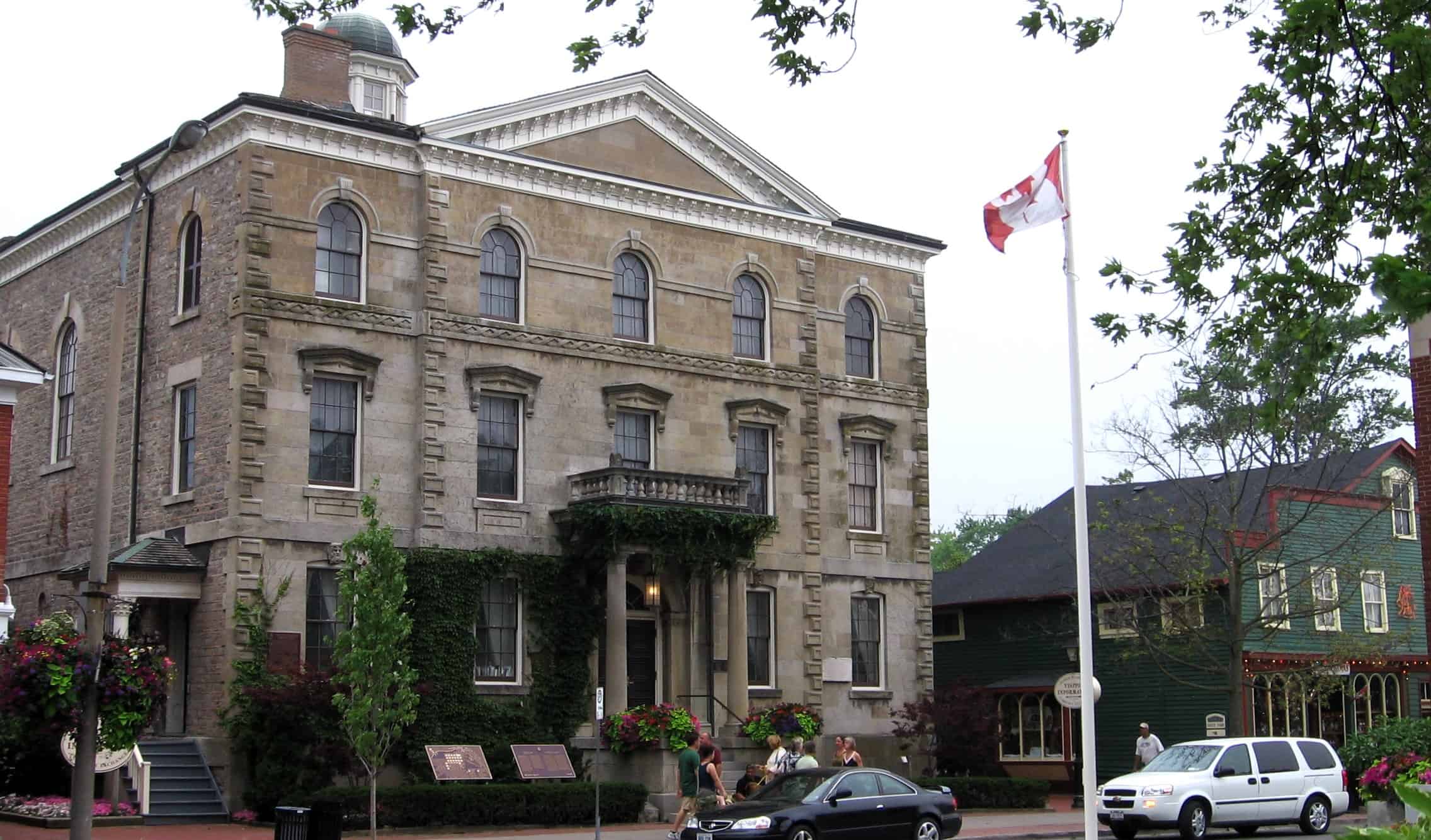
Considered both one of the most picturesque and historically significant towns in all of Canada, Niagara-on-the-Lake is opening the doors on a dozen different heritage sites this weekend.
Running from 10 a.m. to 4 p.m. on October 21, residents and interesting tourists will have a chance to visit 12 sites of historical, architectural or cultural significance buildings for free in Niagara-on-the-Lake during the annual Doors Open event.
Let’s take a look at the 12 heritage buildings that will be taking part in the different locations this Saturday.
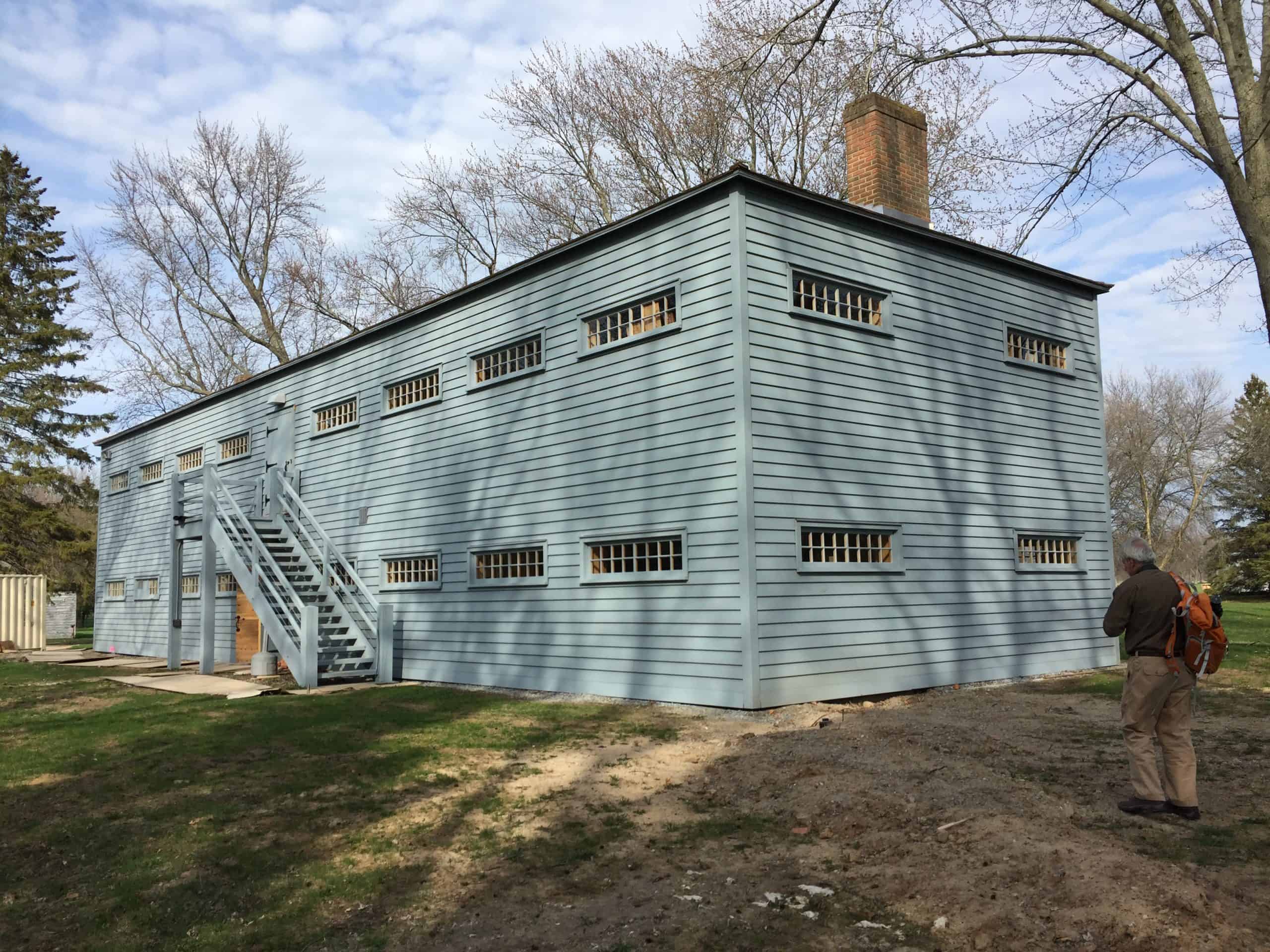
Butler’s Barracks National Historical Site, 440 King St.
Built between 1814 and 1854, the Men’s Barracks is one of the few surviving structures at Butler’s Barracks National Historic Site, a historical military complex in operation from 1812 to 1871 and again as a training ground from 1914 until the 1960s. On completion of repairs and refurbishment in 2018, the barracks now operate as the Parks Canada Field Unit office for Southwestern Ontario.
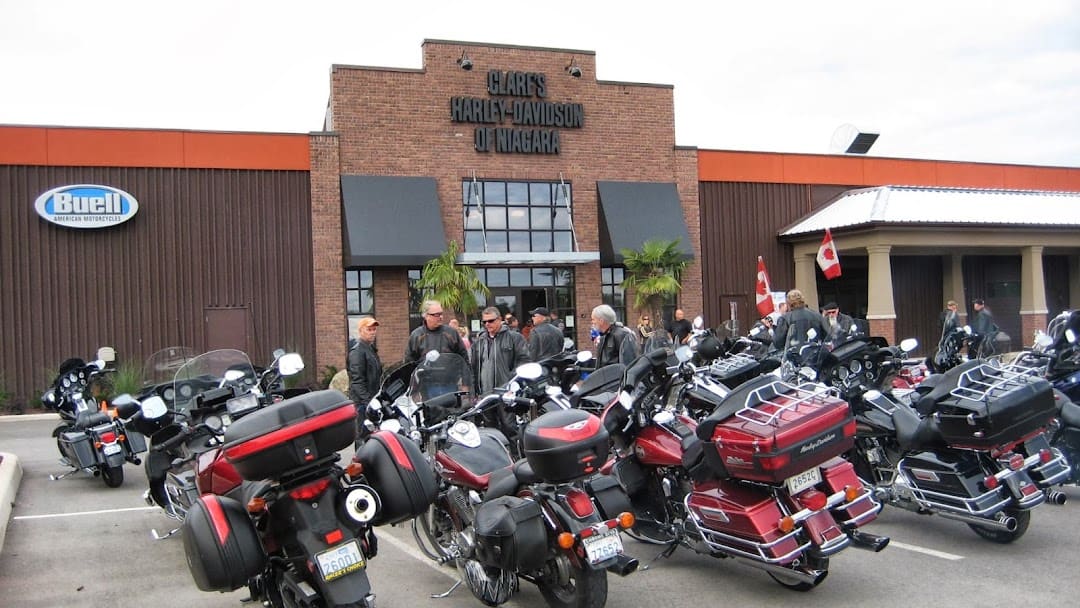
Clare’s Harley-Davidson of Niagara, 590 York Rd.
Built in 2008, this store are architectural touches throughout with reclaimed and re-purposed materials – including reclaimed brick, doors and woodwork, as well as a vintage window in the sales office and a countertop in the ladies’ washroom. Also, the art deco interior and fittings from Diana Sweets — a restaurant that operated for 75 years in St. Catharines — has now been fully restored inside.
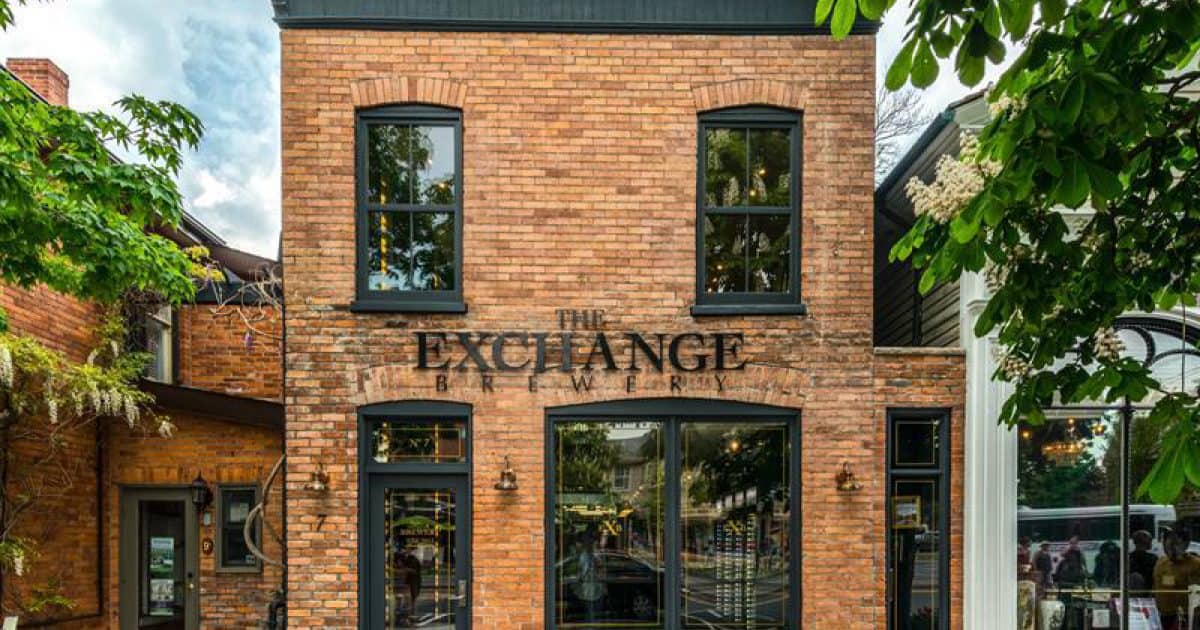
The Exchange Brewery, 7 Queen St.
Constructed in 1880, this building was Niagara’s first telephone exchange. In 2015, it was transformed into a brewery, but retains some of its original features. Original hemlock floor joists became the second-floor bar and tabletops. Some nods to the building’s use as a telephone exchange include brewing numbers (instead of names) and a tasting board shaped like a rotary dial.
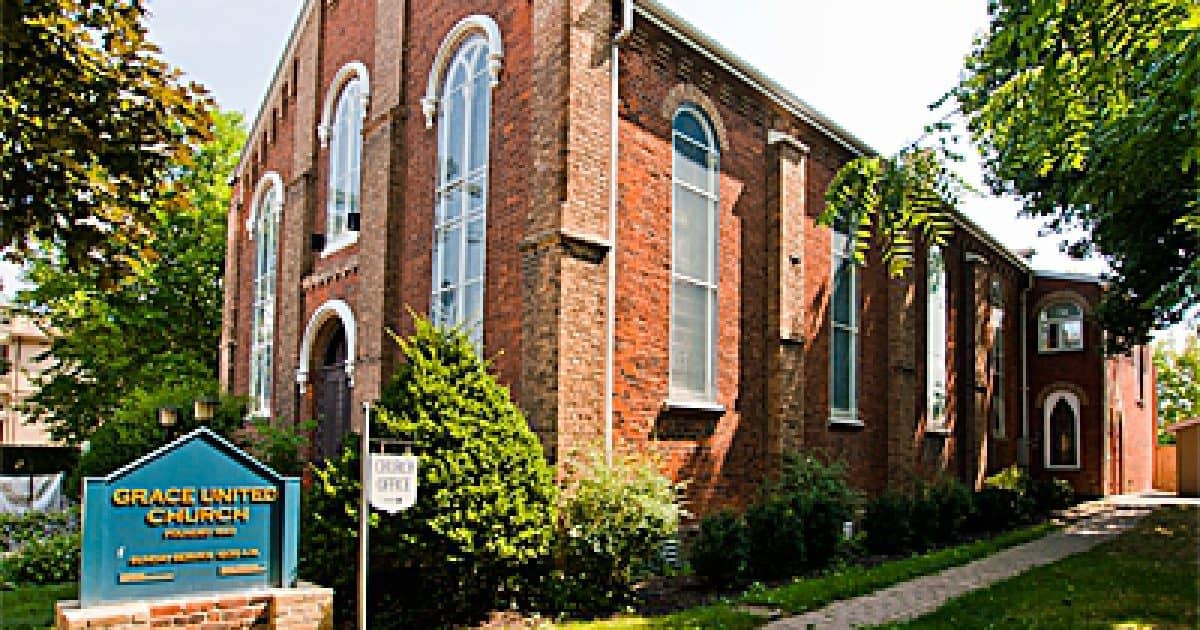
Grace United Church, 222 Victoria St.
Built in 1852, this building was designed by William Thomas — the same architect who designed Toronto’s St. Michael’s Cathedral, Hamilton’s St. Paul’s Presbyterian and Brock’s Monument in Queenston. The magnificent stained-glass windows memorialize early church members and wartime casualties, and the interior reflects the classic Methodist form of practical design.
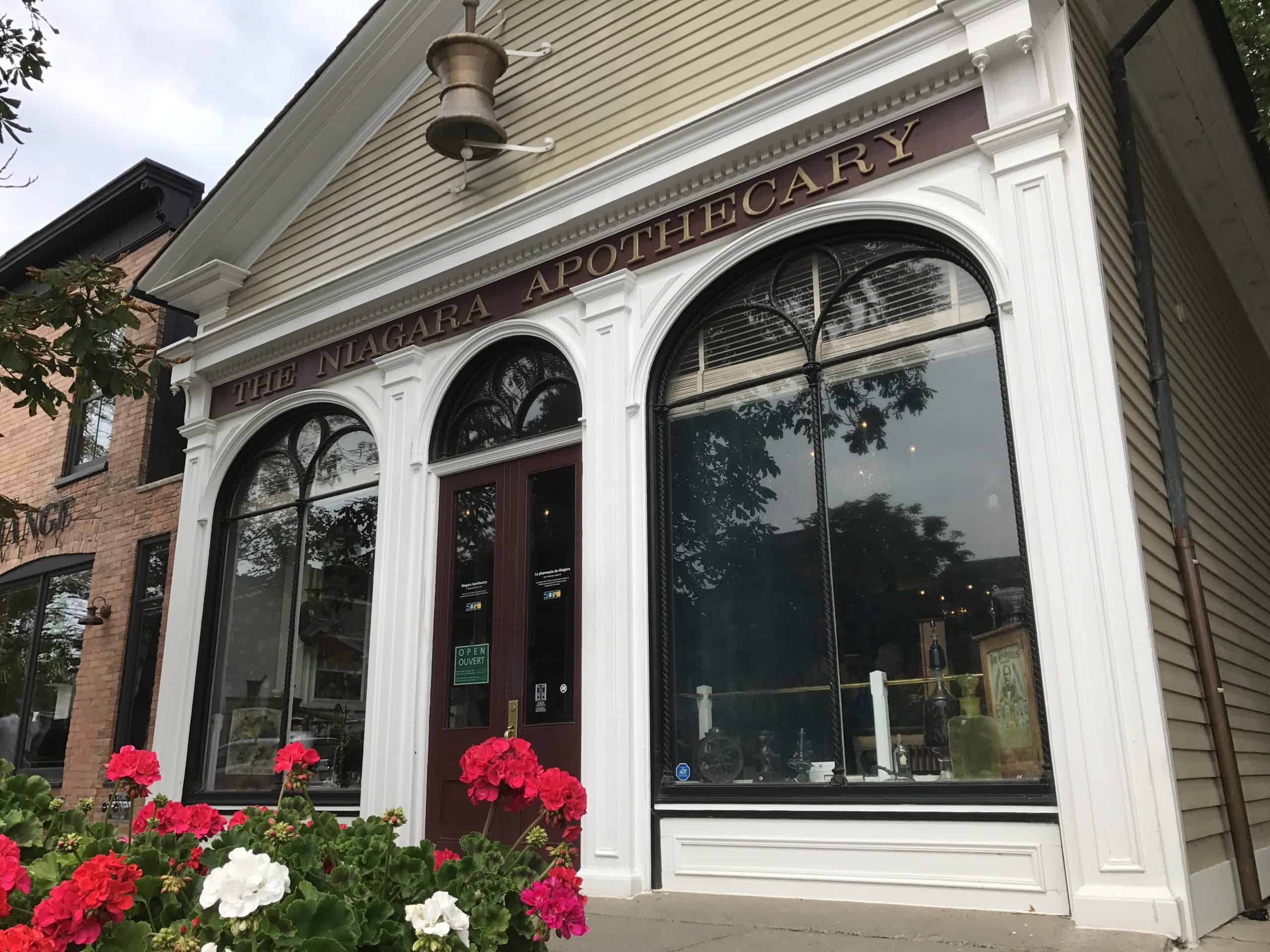
Niagara Apothecary, 5 Queen St.
While the building originally opened in 1818, visitors can see how pharmacists practised their profession over 100 years ago. The Niagara Apothecary opened in the late 1860s at this location and closed in 1964. The Ontario Heritage Trust acquired the property, led its restoration and opened it as a museum in 1971. It is now operated by volunteers from the Ontario College of Pharmacists.
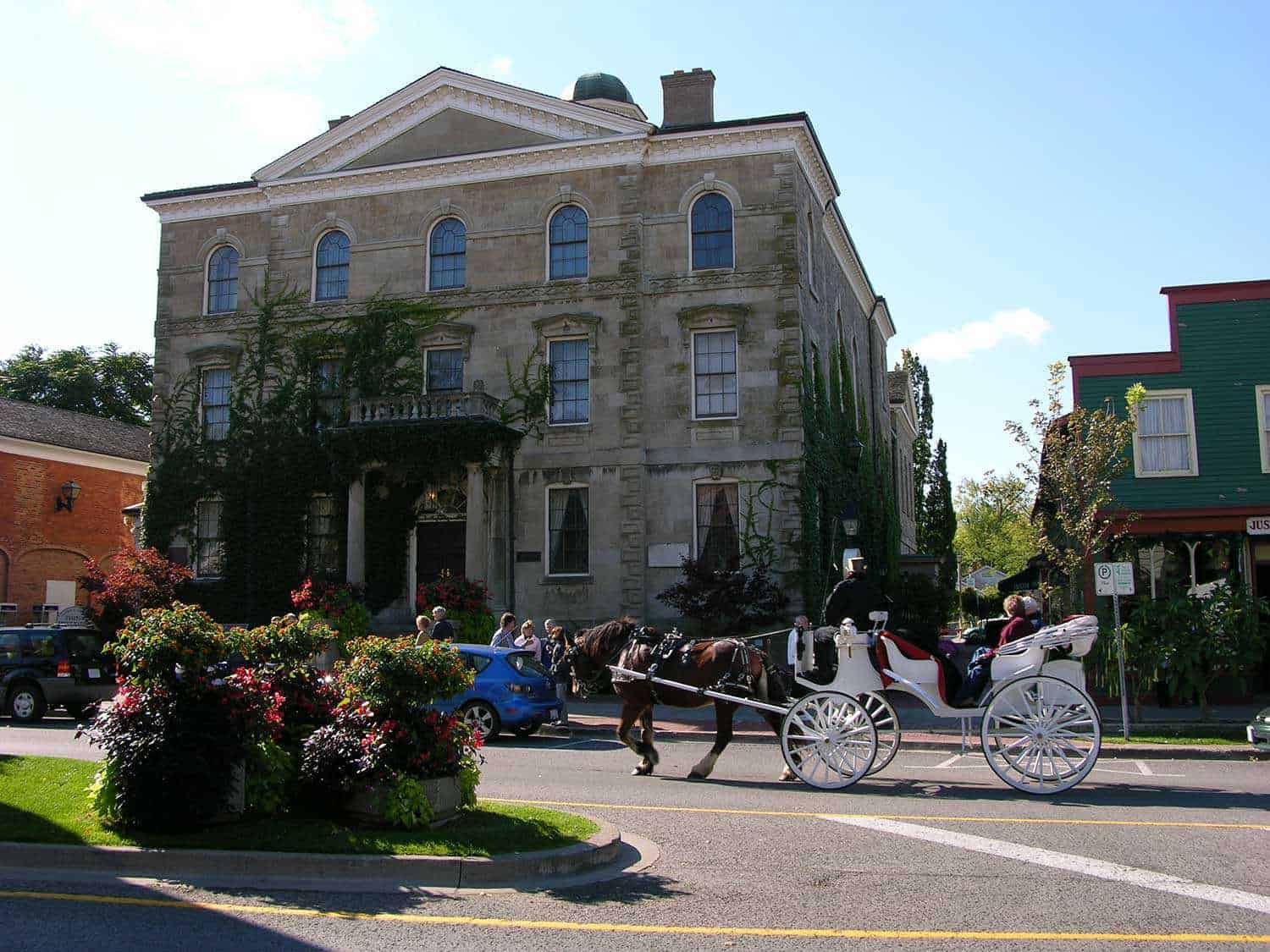
Niagara District Court House, 26 Queen St.
Constructed in 1847, this courthouse served as the official county seat of Niagara District until the judicial courts were moved to St. Catharines in 1862. Its large courtroom interior was home to the Shaw Festival’s Court House Theatre until 1973. Today, Parks Canada and the Chamber of Commerce have offices here. It was designated a National Historic Site in 1981.
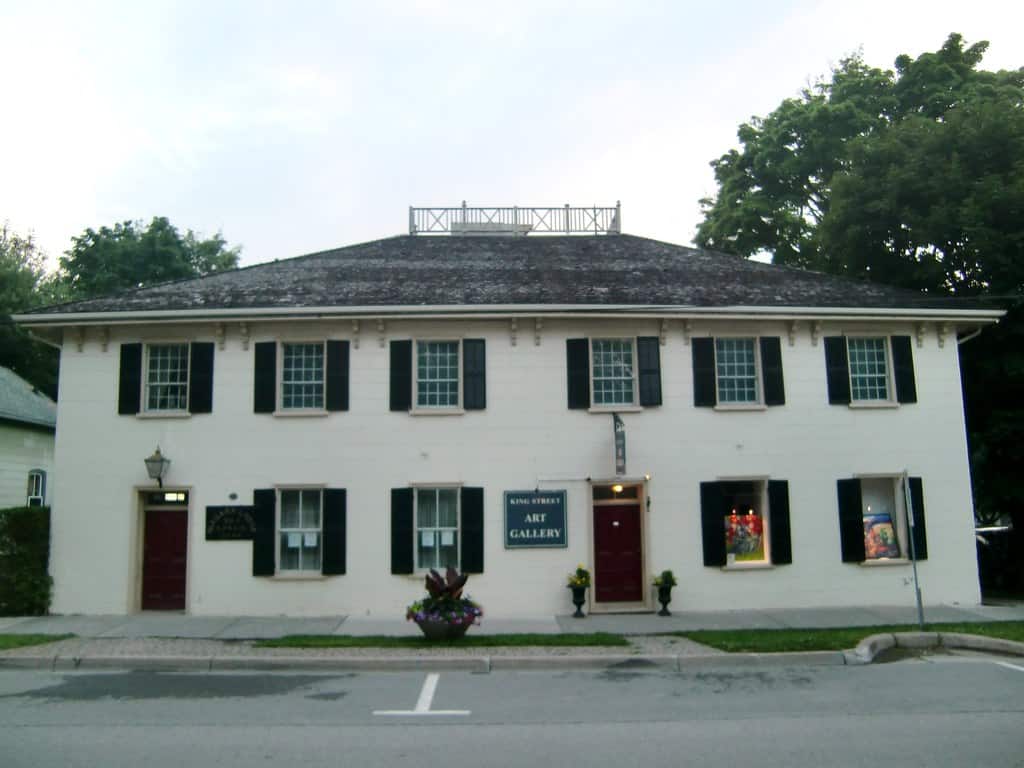
Niagara Lodge No. 2, 153 King St.
Built in 1792, the Niagara Lodge No. 2 is the oldest Masonic lodge in Ontario. It is also the site of the first legislature of Upper Canada and the site of the first hospital in Newark, founded by Col. John Butler. During Doors Open, visitors can explore the museum of Masonic artifacts not regularly available to the general public.
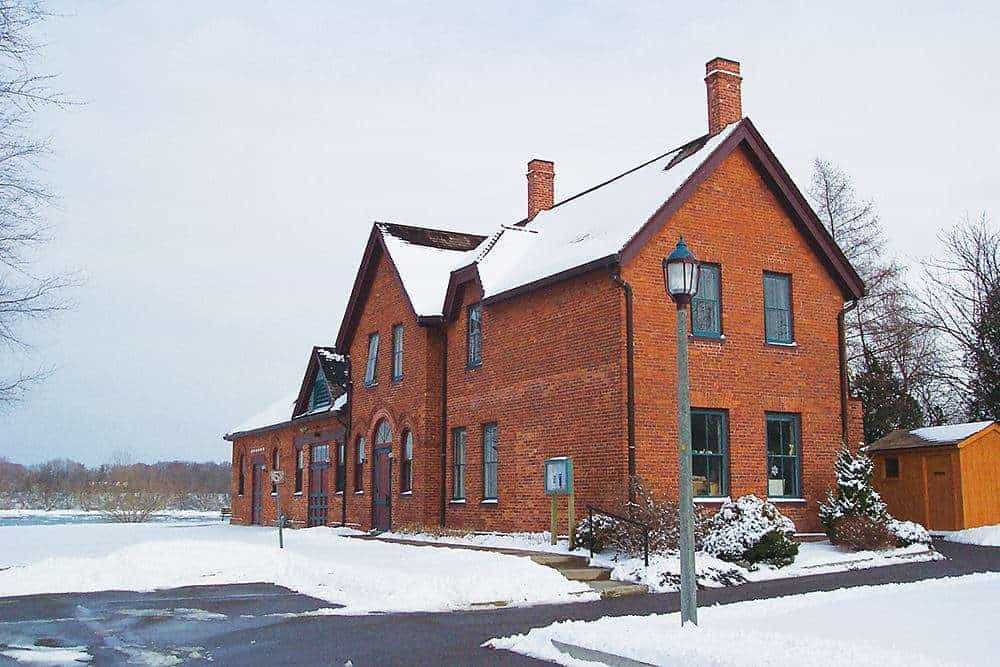
Niagara Pumphouse Arts Centre, 247 Ricardo St.
Built in 1891 and located on the banks of the Niagara River in a heritage building that formerly supplied water to Niagara-on-the-Lake, the Niagara Pumphouse Arts Centre connects the community through visual arts programs, exhibitions and events. The Niagara Pumphouse Art Centre Association was formed in 1990, and the building was restored and converted to this visual arts centre in 1994.
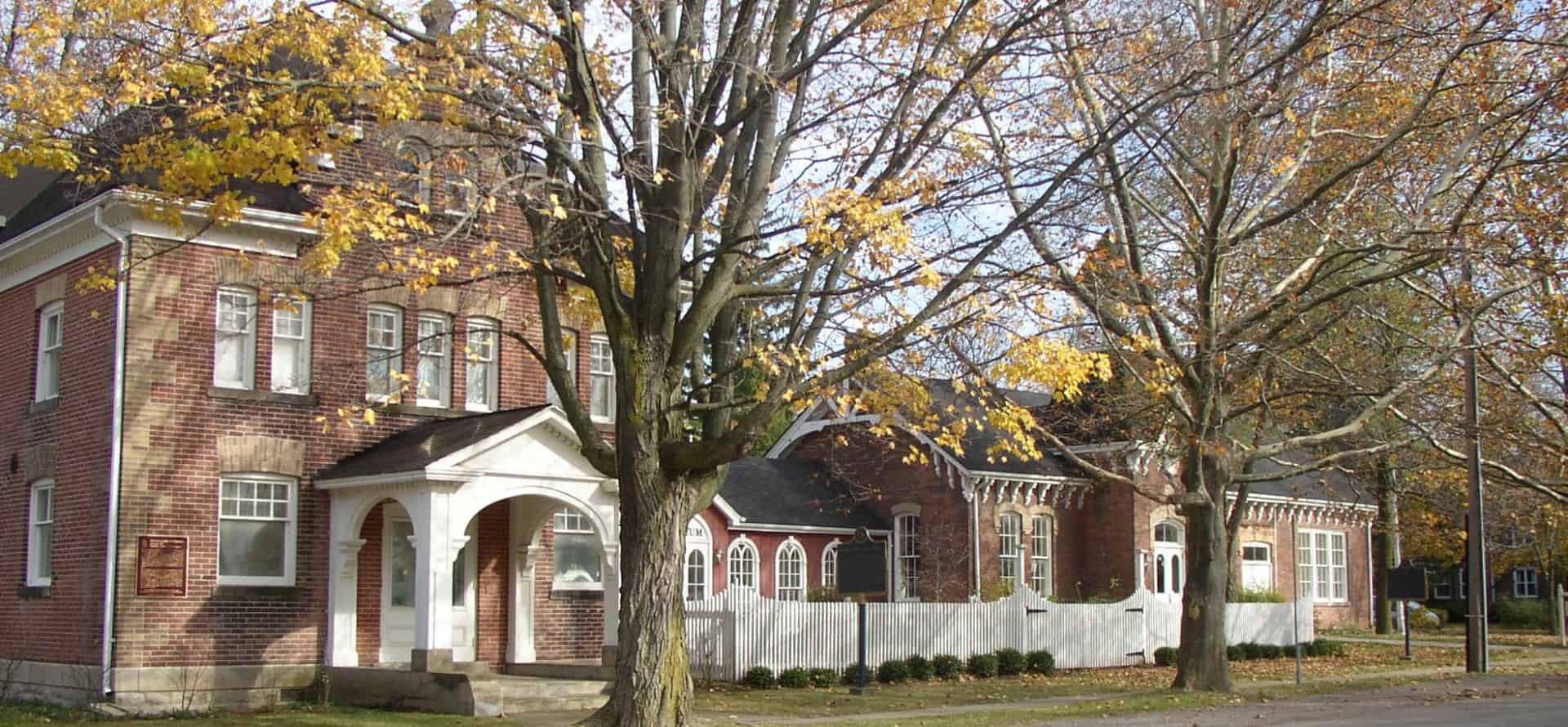
Niagara-on-the-Lake Museum, 43 Castlereagh St.
Originally built as a high school in 1806, the Niagara Historical Society, founded in 1895, opened the Niagara-on-the-Lake Museum in 1907. The museum collects, preserves, researches, educates and promotes the history of Niagara-on-the-Lake and its communities — inspiring an appreciation of local history through engaging programs and exhibitions. In October, the exhibition will be “Bound and Determined.” During Doors Open, they’ll be offering special tours throughout the day.
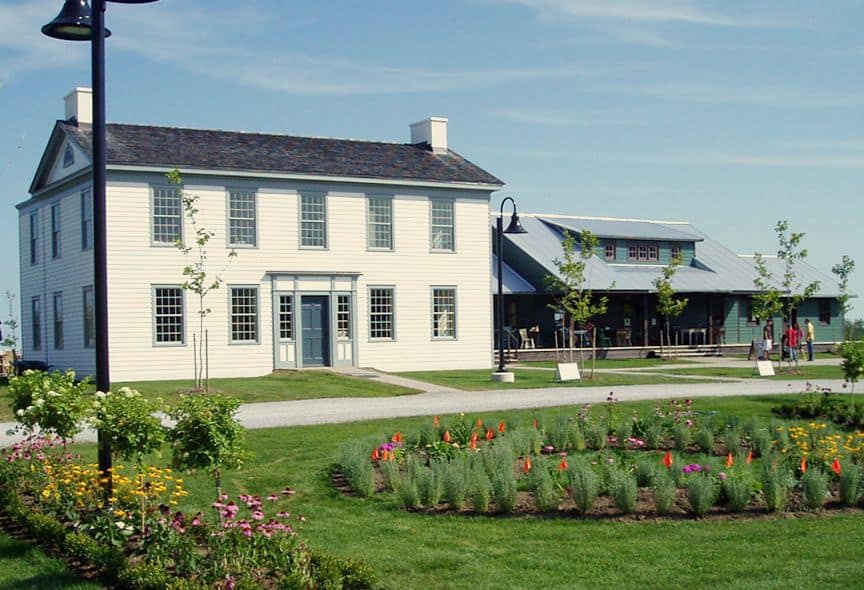
Ravine Vineyard Estate Winery, 1366 York Rd.
Built in 1867, the Ravine Vineyard Estate Winery is a timeless Niagara destination for award-winning wines and world-class farm-to-table cuisine. It is steeped in history, family legacy and agricultural heritage. Situated in the heart of St. Davids, this charming and historical property offers a unique escape from the everyday hustle and bustle while being conveniently located only minutes from the Queen Elizabeth Way.
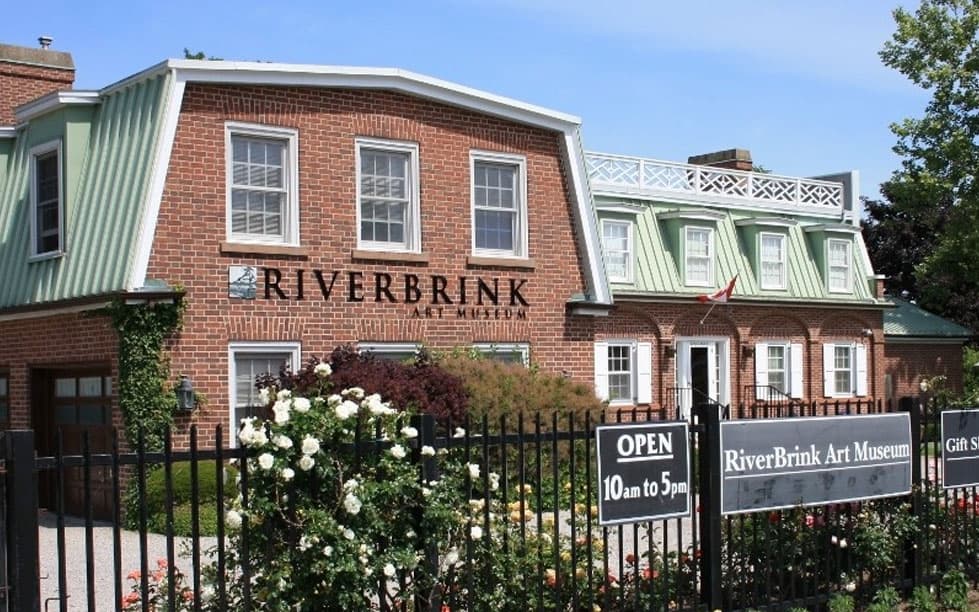
RiverBrink Art Museum, 116 Queenston St.
Built in 1970, the RiverBrink Art Museum is a fine-art museum featuring changing exhibitions from the renowned art collection of Samuel E. Weir, as well as outstanding works on loan from contemporary artists and Canadian and international collections. Current exhibitions will feature Indigenous beadwork by Samuel Thomas and oil portraits by Mark Crofton Bell. There is also a library and gift shop onsite.
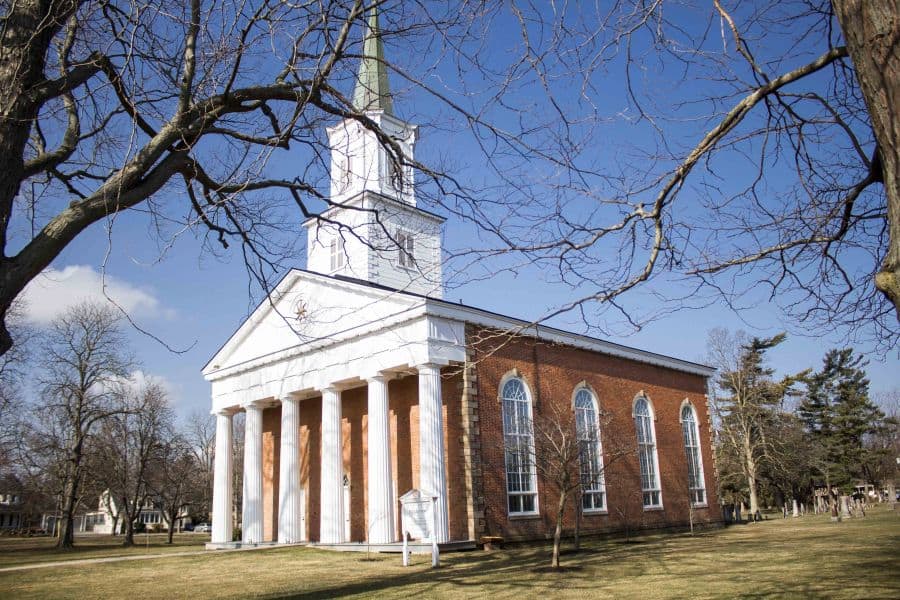
St. Andrew’s Presbyterian Church, 323 Simcoe St.
The original 1794 church was burned by the American army during the War of 1812. A new church was later erected, but was also destroyed by a cyclone. In 1855, the current building was constructed. While major restorations have occurred over the years, the interior and exterior of this architectural gem appear much the same as the 1831 building.
insauga's Editorial Standards and Policies advertising





